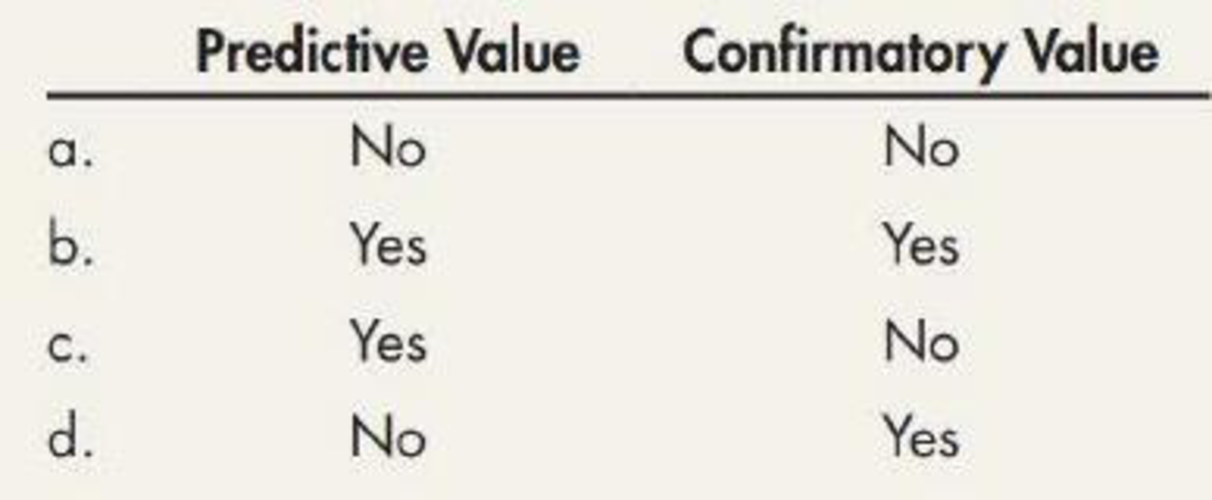
First, like the famous act, this report had a clear statement that “we hope in general to achieve rational planning and in particular to achieve equitable allocations of benefits and contributions to cost in public works programs”. Second, it identified tangible, measurable intangible, as well as immeasurable benefits. Nevertheless, the 1936 Flood Control Act still has significant meaning that a strict cost–benefit rule is written into law and hereafter Congress can only, without exceptions, authorize projects that have been studied and approved [42].

By performing a cost-benefit analysis the management can tell if an investment is worthwhile or not for the business. Table 6 shows the total present cost as the sum of the discounted annual costs found for each year in the analysis timeframe. Annual costs are calculated by adding the construction and ongoing maintenance costs, and subtracting the discounted remaining capital value for each year in the analysis. In an economic analysis all costs and benefits are given in constant dollars (no inflation) and are discounted to the year of analysis. Many components of a project retain some residual useful life beyond the benefit-cost analysis period (typically 20 years). At the end of the analysis period, the infrastructure that has been put in place generally has not been completely worn out, and will continue to provide benefits to drivers and travelers into the future.
Benefit-Cost Analysis
In these cases, weekend benefits can be assessed separately and added to the weekday analysis. The number of days assumed in a year should always be noted in the analysis documentation. Benefits of a project are derived from comparing the Base Case highway user data (travel time, operating costs, and safety) that occur within the study area to those of the Alternative scenario(s).
All relevant impacts should first be estimated in “natural” units, for example number of accidents prevented, number of additional hours of travel, and so on. Then all impacts should be converted to monetary terms, applying monetary valuations of the various impacts. Another reason for considering adjusting the individual value of life Cost benefit analysis is the impact that an individual’s death has on others through public tax and expenditure programs. In Martin Bailey’s (1980) influential policy book, he advocated the use of individual value of life for guiding policy decisions. One adjustment he made was for the individual’s contribution to the public tax and insurance system.
If one or two of the forecasts are off, the cost-benefit analysis results would likely be thrown into question, thus highlighting the limitations in performing a cost-benefit analysis. An analyst or project manager should apply a monetary measurement to all of the items on the cost-benefit list, taking special care not to underestimate costs or overestimate benefits. A conservative approach with a conscious effort to avoid any subjective tendencies when calculating estimates is best suited when assigning a value to both costs and benefits for a cost-benefit analysis. A cost-benefit analysis (CBA) is a tool that helps you compare the advantages and disadvantages of a new project or investment.
Calculate the net present value and the benefit-cost ratio
In order to resolve this issue, the BOR called on a Panel of Consultants to indicate the adequacy of existing procedures for evaluating secondary benefits, and to set forth a recommended basis for their evaluation. The report of the Panel in 1952 stated that secondary benefits were much less determined and measurable than primary, and depended more on far-reaching hypotheses. Usable formulas could not be based on data that are capable of affording accurate and complete comparisons of effects with and without a given project.
The individual’s value is sufficient as long as there is not substantial concern with the distribution of income. With impure, safety-focused, paternalistic altruism, however, it can be appropriate to augment the individual’s value by others’ willingness to pay. Future research is likely to explore ways in which safety-focused altruism should augment individuals’ values of their own lives. The CBA provides as main indicator the NPV, that is, in the case of CBA, compared to the financial analysis, the net of discounted values of social costs and benefits to society (Wijayasundara et al., 2017). First, there is the “ex ante cost-benefit analysis,” which is carried out before deciding about whether to invest.
Best Practices for Conducting Cost-Benefit Analysis
There are enormous economic benefits to running these kinds of analyses before making significant organizational decisions. By doing analyses, you can parse out critical information, such as your organization’s value chain or a project’s ROI. If the projected benefits outweigh the costs, you could argue that the decision is a good one to make. If, on the other hand, the costs outweigh the benefits, then a company may want to rethink the decision or project. The analyst that performs the cost-benefit analysis must often then synthesize findings to present to management.
- Cost-benefit analysis isn’t the only type of economic analysis you can do to assess your business’s economic state, but a single option at your disposal.
- This means that the analyst has to first estimate the number of crashes eliminated, the travel time saved, and/or vehicle-miles reduced before assigning or calculating monetary values.
- The sum of the discounted benefits of an option minus the sum of the discounted costs, all discounted to the same base date, is the ‘net present value’ of the method.
- System-level safety analyses typically use existing crash rates and severity (historical averages) available from MnDOT District Traffic Engineering office (for roadways under MnDOT jurisdiction) for different facility types.
It can also be used to evaluate the overall impact of a programme in quantifiable and monetised terms. This entails that the CBA takes into account benefits and costs that are not considered by the market. Moreover, in some cases the market prices of some factors or products can be corrected by adopting the so-called shadow prices. This is done to account for the positive and negative externalities of the investment. Cost/benefit analysis of the type for assessment of natural systems is not merely concerned with the effects on environmental quality, but rather, it seeks the conditions for sustainable use of the natural resources in a region.
There are other methods that complement CBA in assessing larger projects, such as NPV and IRR. Overall, though, the use of CBA is a crucial step in determining if any project is worth pursuing. Once every cost and benefit has a dollar amount next to it, you can tally up each list and compare the two.
What is Cost-Benefit Analysis and Why is it Important?
As such, a major advantage of cost-benefit analysis lies in forcing people to explicitly and systematically consider the various factors which should influence strategic choice. Cost-benefit analysis may be an appropriate tool if one wants to optimize the expected economic value of a design. Still, even in such cases, some additional value-laden assumptions and choices need to be made. One issue is how to discount future benefits against current costs (or vice versa). The choice of discount rate may have a major impact on the outcome of the analysis. One might also employ different choice criteria once the cost-benefit analysis has been carried out.
The results of CBA can be presented in different ways, such as a cost-benefit ratio or a net present value. Controversial Aspects
When thinking about the most controversial aspects of cost benefit analysis, all paths seem to lead to intangibles. Concepts and things that are difficult to quantify, such as human life, brand equity, the environment, and customer loyalty can be difficult to map directly to costs or value. With respect to intangibles, Dr. Kaplan suggests that using the cost benefit analysis process to drive more critical thinking around all aspects of value—perceived and concrete—can be beneficial outcomes. “[Cost benefit analysis] assumes that a monetary value can be placed on all the costs and benefits of a program, including tangible and intangible returns.
The goal of CBA evaluation is to determine whether the benefits of a project or decision outweigh its costs, and to provide decision-makers with a way to compare the costs and benefits of different options. Cost-benefit analysis (CBA) is a powerful tool used to evaluate the economic feasibility of different projects and decisions. Learn about the benefits and best practices of CBA, and understand how it can help decision-makers compare costs and benefits and allocate resources efficiently.
Cost–Benefit Analysis and Cost–Effectiveness Analysis
So long as a large number of projects were desirable, rigorous estimate of transport demand (n) on new routes was not always a pressing problem, for one could simply reject all projects for which B − C was not sufficiently positive [16]. Several tools and methods can generate traffic volumes (AADT), travel-time (VHT), and vehicle-mile (VMT) data for benefit-cost analyses. Tools and methods include regional travel demand models, local operations models, and engineering judgment and other methods. The appropriate tools and methodologies depend on the study area and Base Case defined during analysis planning. In cases where the most typically-used tool is not available, a combination of tools can be used.
It may be wise to include those most impacted by the outcome of the analysis depending on the findings (i.e. if the outcome is to renovate a company’s website, IT may be required to hire multiple additional staff and should be consulted). This initial stage is where the project planning takes place, including the timeline, resources needed, constraints, personnel required, or evaluation techniques. It is at this point that a company should assess whether it is equipped to perform the analysis. For example, a company may realize it does not have the technical staff required to perform an adequate analysis. The first step of a cost-benefit analysis is to understand your situation, identify your goals, and create a framework to mold your scope. The project scope is kicked off by identifying the purpose of the cost-benefit analysis.
